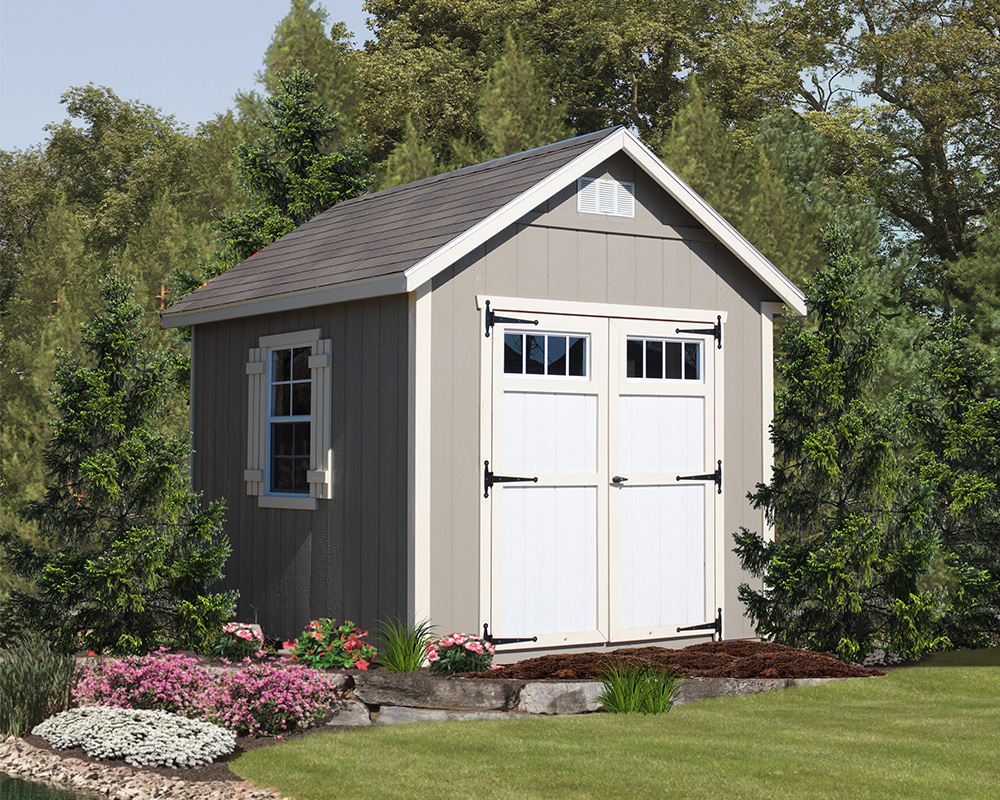What’s not to love about gardening? It makes the perfect relaxing and pastime activity filling your outdoor space with value, beauty and lovely fragrance, and if you’re gardening herbs, vegetables and fruits, you can count on a tasty outcome of your efforts too.
As relaxing as it can be and good for you it may not always be the case, especially if you’re a beginner gardener because things can easily get out of control organisation-wise due to the variety of tools and machinery you’d have to sort out.
It’s a daunting task if you don’t have the space enough to organise your tools and machinery which is where steel sheds come to the rescue. Depending on the available space, you could choose something as wide as 6m shed or smaller, whatever suits your requirements and taste.
Sheds have gained popularity lately because of how durable they are, resisting even cyclones, and unlike their wooden, plastic and concrete counterparts, they’re affordable, easy to assemble thanks to the snaptite innovative design and pre-punched holes, and if this wasn’t enough, they have a lower environmental impact also.

Moreover, they’re less prone to accidents too, as is in the case of risks of fire which makes them the adequate storage for your gardening needs. Okay, along with acquiring the ideal shed, be it the widest 6m shed, smallest, or something in between, you have to remember the importance of maintaining order.
A way to do so is by resorting to labelling; from labelling the tools and machinery to labelling planters, pots and seeds. This is going to save you a lot of time eventually since you wouldn’t have to waste time looking for a certain tool, for example – no space for misplacing! As a result, you’d have more time to take care of your gardening chores.
Besides, when you know where a specific item is you can also look into it faster, maintain it regularly and save up money in the long run. It’s difficult to maintain your gardening essentials when they’re misplaced. Additionally, keeping things organised saves you from accidents, so that’s another plus.
Last but not least, keep a journal. Though you might find it silly to sketch the growth of your plants, it would give you insight into potential problems if unexpected changes happen, like slow growth or change in the colour of the leaves.
A journal is about marking the dates and chores also, so if you want to enjoy the gardening experience, you can’t afford to be a messy gardener!

